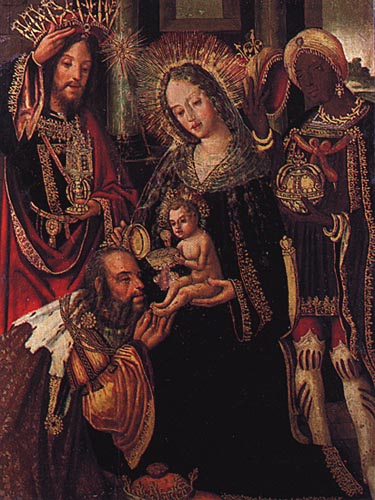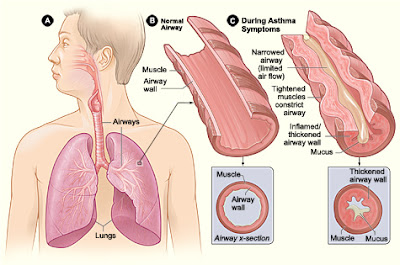Athletics or track and field is a group of sporting events that involves competitive running, jumping, throwing, and walking.
Athletic competitions were held in Egypt as far back as 3800BC.
Most of the international competitions open to track and field athletes can be traced back to the Greek sporting festivals held as early as 1500 BC. The major festivals were the Olympic Games, held at Olympia; the Pythian Games, at Delphi; the Nemean Games, at Nemea; and the Isthmian Games, at Corinth. All were part of religious celebrations that honored the ancient Greek gods.
Most of the international competitions open to track and field athletes can be traced back to the Greek sporting festivals held as early as 1500 BC. The major festivals were the Olympic Games, held at Olympia; the Pythian Games, at Delphi; the Nemean Games, at Nemea; and the Isthmian Games, at Corinth. All were part of religious celebrations that honored the ancient Greek gods.
After the fall of the Roman Empire, organized sports declined in popularity until the 11th century, when the tournament became a favorite pastime of the nobility. The English also engaged in such field sports as throwing the bar or the hammer, but these were considered detrimental distractions from the military sport of archery and were sometimes actually forbidden by law.
The term 'heats' referring to the preliminary contests to a sporting event, that eliminates competitors goes back to the horse track. Prior to a race, a horse was exercised to heat it up. A record of 1577 suggests, "walke him to chafe him, and put him in a heate."
The term 'heats' referring to the preliminary contests to a sporting event, that eliminates competitors goes back to the horse track. Prior to a race, a horse was exercised to heat it up. A record of 1577 suggests, "walke him to chafe him, and put him in a heate."
A revival of athletics began in the middle of the 19th century in the schools and colleges of England and the U.S. In 1864 the first collegiate track and field meet was held between Oxford and Cambridge universities in England.
In 1868 the newly formed New York Athletic Club held the first American amateur track-and-field meet.
The first photo-finish took place at the Plainfield Track in New Jersey in 1888.
The International Amateur Athletic Federation (IAAF) is the supreme governing body which controls athletics worldwide. It was founded in Stockholm in July 1912 with 17 members.
The first international athletics competition for women was held at the Pershing Stadium in Paris on August 20, 1922. It was called the "Women's Olympics." 77 participants from five nations competed in 11 events: running (60 metres, 100 yards, 300 metres, 1000 metres, 4 x 110 yards relay and hurdling 100 yards), high jump, long jump, standing long jump, javelin and shot put.
On February 5, 1929, black American inventor George Bresnahan received a patent for the world’s first starting blocks for athletes. Bresnahan called his invention a ‘Foot Support.’ The earliest recorded use of the term ‘starting blocks’, also by Bresnahan, was in 1937. Before starting blocks, sprinters dug holes in the track to give support for their feet at the start.
The mile was run in under four minutes for the first time on May 6, 1954, when the barrier was broken by Roger Bannister at the Iffley Road track in Oxford with a time of 3:59. The record today is 3:43, held by Moroccan Hicham El Guerrouj.
The first Athletics World Championships took place in Helsinki in 1983.
The longest-standing modern Olympic athletics record is Bob Beamon's achievement in the men's long jump at the 1968 Summer Olympics in Mexico City, which also stood as the world record for 23 years until Beamon's compatriot, Mike Powell, jumped farther at the 1991 World Championships in Athletics in Tokyo.
Sources Europress Family Encyclopedia, Daily Express
































